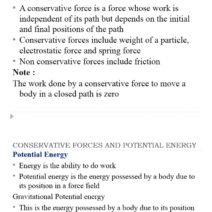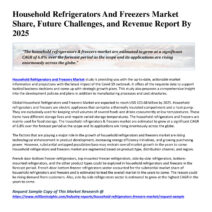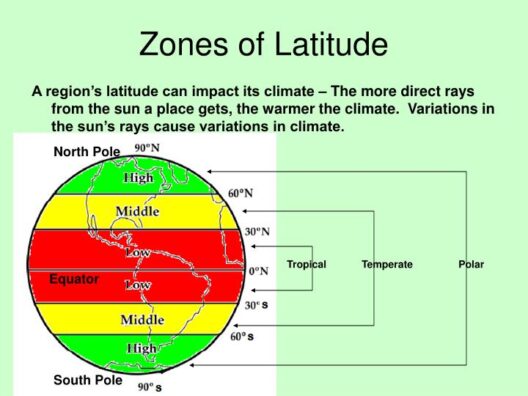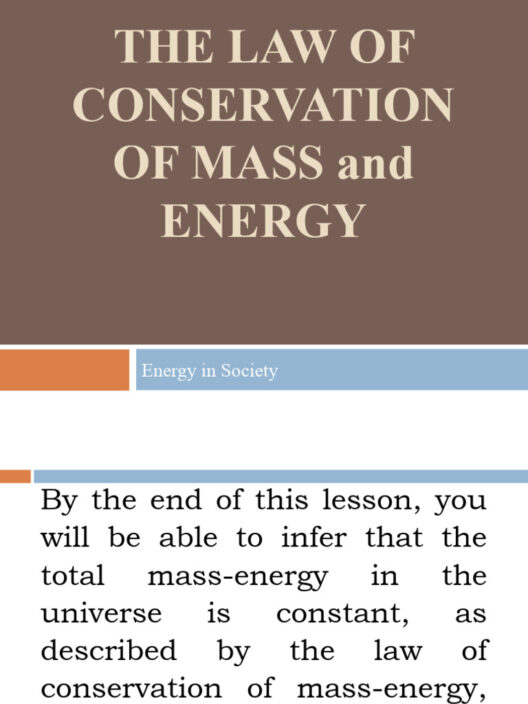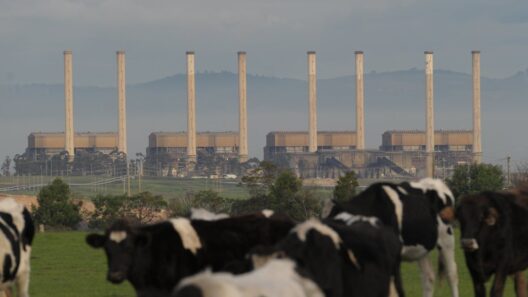Global warming represents one of the most formidable challenges facing our planet today. The increase in Earth’s average temperature, largely attributed to greenhouse gas emissions, is wreaking havoc on ecosystems, weather patterns, and human societies. To reverse this trend, concerted efforts to reduce carbon emissions are paramount. Below, we will explore effective strategies to combat climate change and preserve our planet for future generations.
Understanding the urgency of climate action is crucial. The time to act is now, and every step counts in the fight against global warming. This guide presents actionable insights into how individuals, communities, and governments can contribute to a sustainable future.
The Role of Renewable Energy: Transitioning from Fossil Fuels
A crucial strategy for curbing carbon emissions lies in the transition from fossil fuels to renewable energy sources. This shift is not merely a suggestion; it is an imperative if we are to safeguard our future.
Solar energy stands at the forefront of renewable options. It harnesses sunlight through photovoltaic cells, converting it into electricity with negligible emissions. Beyond individual residential setups, investing in solar farms could significantly reduce dependency on coal and gas. Governments should encourage solar subsidies or incentives to promote widespread adoption.
Wind energy is another viable alternative. By utilizing turbines that convert wind currents into electricity, communities can harness a clean power source. Wind farms, whether on land or offshore, hold the potential to generate substantial energy, thus displacing fossil fuel use.
Additionally, geothermal and hydropower should not be overlooked. Geothermal systems utilize heat from the Earth’s core, while hydropower relies on water flow. Both can contribute to a diversified energy mix that fortifies energy security while minimizing carbon footprints.
Enhancing Energy Efficiency: The Path to Conservation
While the switch to renewable energy is critical, enhancing energy efficiency across various sectors plays an equally vital role in reducing emissions. Efficiency measures involve using less energy to provide the same service, which not only curtails carbon output but also benefits economic savings.
In residential settings, simple measures can lead to profound impacts. Upgrading to energy-efficient appliances and LED lighting drastically reduces electricity consumption. Insulating homes adequately minimizes the need for heating and cooling, further conserving energy.
On an industrial scale, improving efficiency can be transformative. Factories can implement best practices in production processes to minimize energy waste. Investing in energy-efficient machinery is a long-term strategy that yields dividends, both environmentally and financially.
Moreover, transportation is a considerable contributor to carbon emissions. Transitioning to electric and hybrid vehicles, coupled with expanding public transport infrastructure, can significantly reduce fossil fuel dependency in the transportation sector. Promoting cycling and walking as alternatives for short trips is another effective strategy.
Behavioral Changes: The Power of Individual Choices
While policy and technology play significant roles, individual actions matter too. Each decision contributes to a collective impact on the environment. Awareness and education regarding carbon footprints can inspire change at the grassroots level.
Adopting a plant-based diet can lead to significant reductions in greenhouse gas emissions associated with agriculture. The meat industry, especially beef production, is a major contributor to methane emissions, a potent greenhouse gas. By incorporating more vegetables, fruits, and legumes into diets, individuals can lessen their environmental impact.
Additionally, reducing waste through recycling and composting at home aids in cutting emissions. Landfills produce methane as organic materials decompose. By diverting waste from landfills, citizens can contribute to emission reductions.
Community initiatives, such as tree planting campaigns and local clean-up drives, foster a sense of collective responsibility toward the environment. These activities not only help in sequestering carbon dioxide but also bolster community bonds and awareness regarding local environmental issues.
Policy Advocacy: Driving Systemic Change
Individual efforts, while substantial, must be complemented by systemic change. Advocacy for comprehensive environmental policies is essential in order to address the scale of climate change effectively. Engaging in political discourse about climate action can yield significant results.
Supporting regulations that limit carbon emissions from industries and transport is critical. Encouraging governments to invest in green technology and provide incentives for sustainable practices can help cultivate an environmentally conscious economy.
Moreover, remaining informed and active in local government initiatives allows citizens to push for climate-friendly policies. This could involve attending town hall meetings, participating in public consultations, and advocating for local sustainability projects.
International cooperation is equally important. Climate change transcends borders, and thus global policies such as the Paris Agreement must be supported and strengthened. Countries should be held accountable for their commitments to lowering emissions and supporting climate resilience programs.
Conclusion: A Collective Responsibility
Combating global warming and reducing carbon emissions is a multifaceted challenge that requires the commitment of individuals, communities, and governments alike. By embracing renewable energy, enhancing energy efficiency, making conscious lifestyle choices, and advocating for systemic change, we can collectively turn the tide against climate change. The stakes are high, but with concerted efforts, a sustainable future is within reach. It is our responsibility to act for ourselves and for the generations yet to come. The time to address global warming is now—let us seize the moment.

